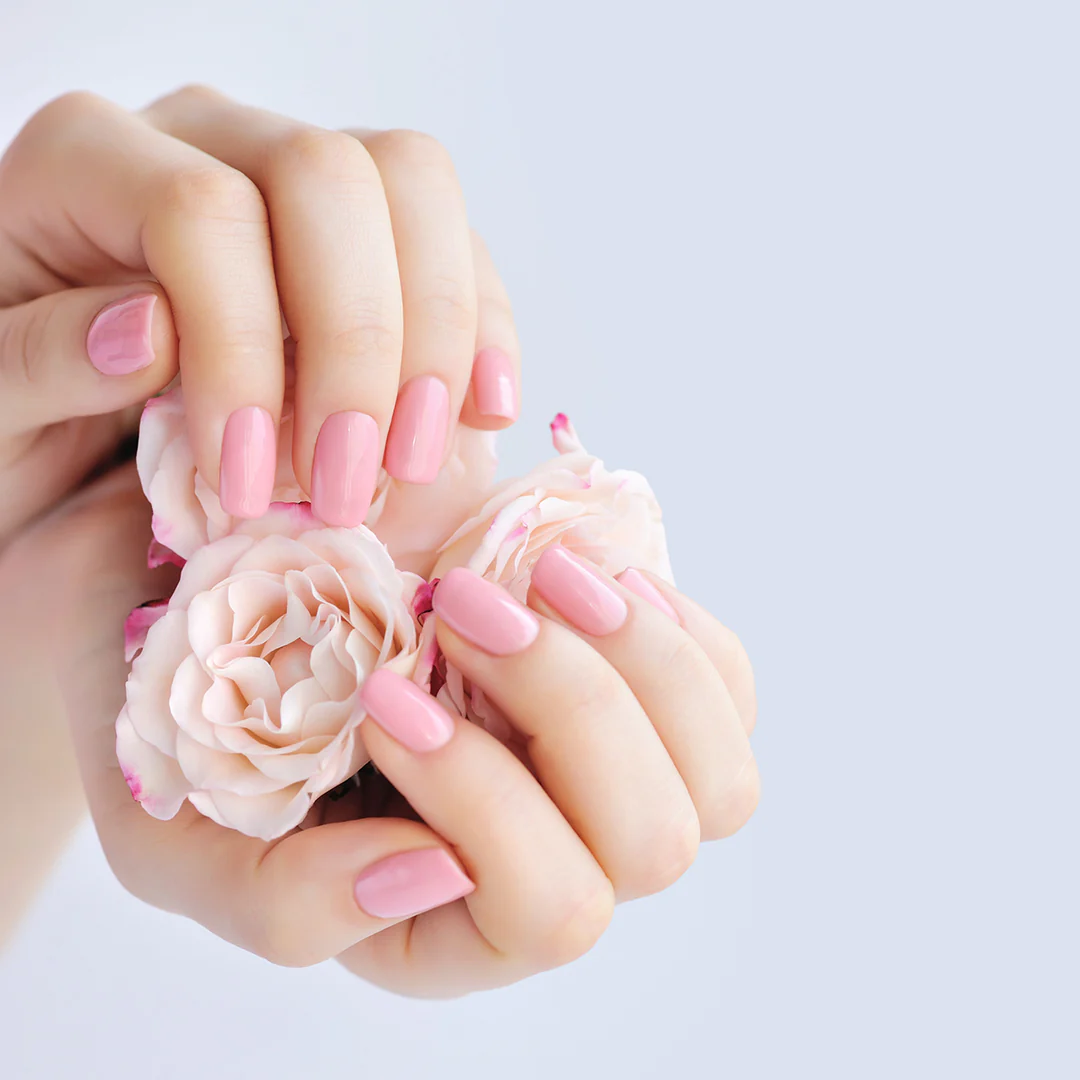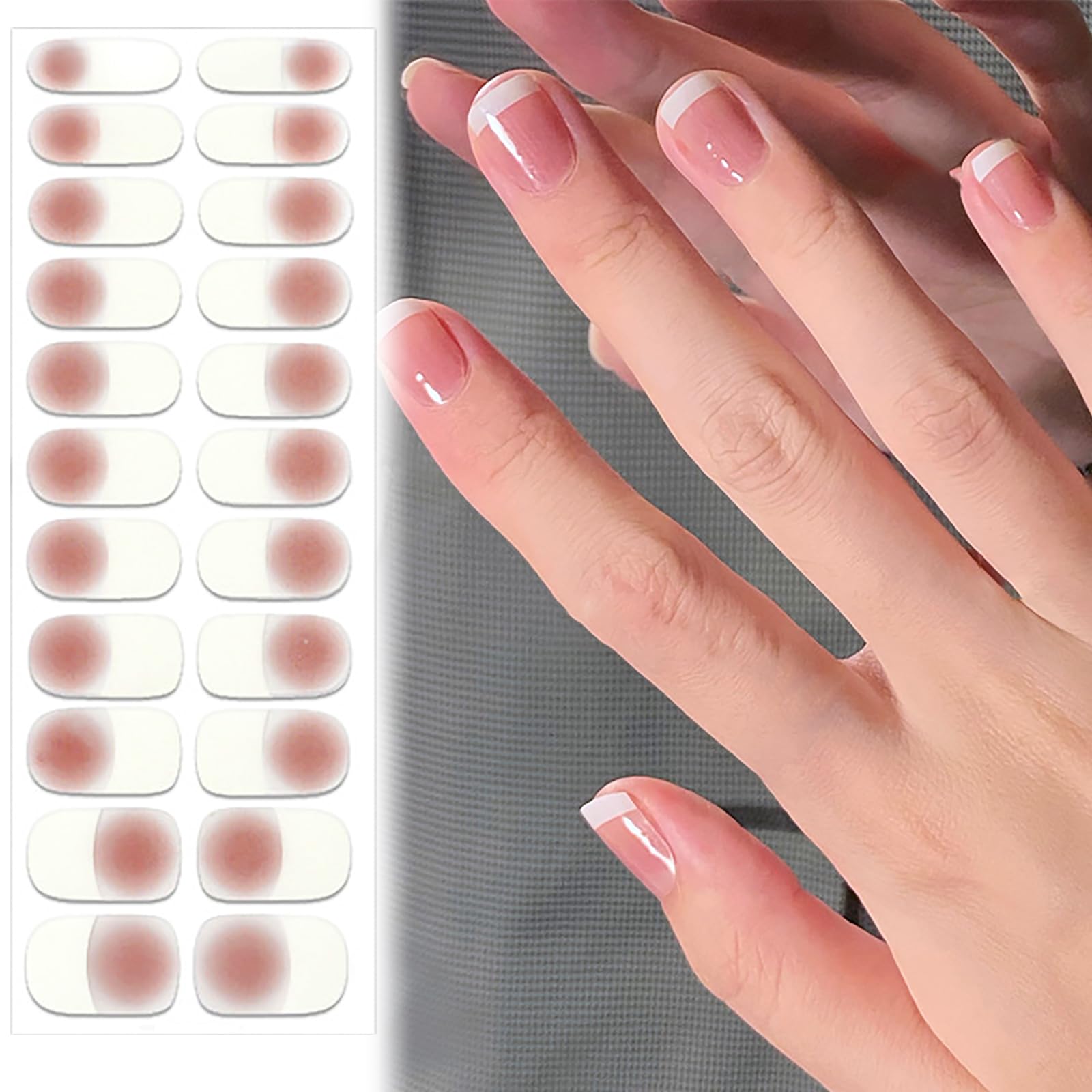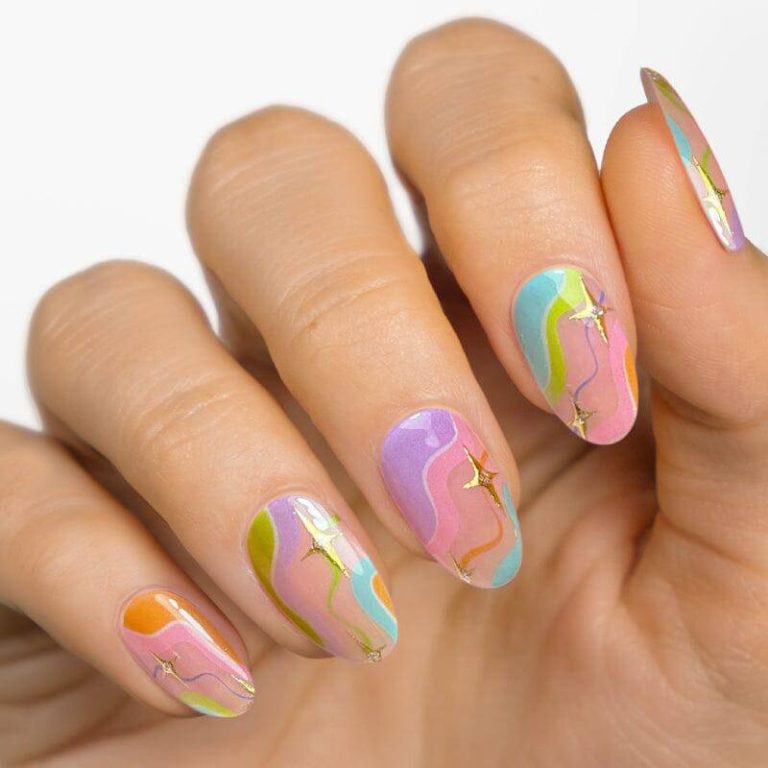
Quick Guide to Removing Gel Nails at Home
Introduction to Gel Nails and Removal Challenges
Gel nails offer a long-lasting, chip-resistant option for nail enthusiasts. However, their durability presents a unique challenge when it’s time for removal. Unlike regular polish, gel nails require specific steps for safe and effective removal. Incorrect methods can harm your nail health, leading to dryness, peeling, and even nail damage.
Removing gel nails often involves soaking in acetone, which can be harsh on the skin and nails. While the resilience of gel polish is a boon for those seeking enduring manicures, the removal process demands caution and care. It’s essential to arm oneself with the right tools and knowledge to avoid damage during the removal process.
For those who might be tempted to peel off lifting gel nail polish, resist the urge. Peeling can strip delicate nail layers, causing more harm than chipped nails. The goal is to achieve a clean removal that preserves the integrity of your natural nails as much as possible.
The key to proper gel nail removal lies in the balance between effectiveness and nail care. By following a tried-and-true method, you can remove gel nails quickly and safely at home. This guide will outline the necessary steps and considerations for at-home gel polish removal, while also touching upon the comparison between acetone and non-acetone removers and the importance of nail aftercare.

Essential Tools for At-Home Gel Nail Removal
When planning to remove gel nails at home, you need the right tools. These essentials are key to a smooth process without harming your nails. Here’s what you will need:
- Acetone: Pure acetone is the most effective for breaking down the gel polish. Nail polish remover with acetone also works, but pure acetone speeds up the process.
- Cotton Balls or Pads: They will hold the acetone against your nails for effective polish removal.
- Aluminum Foil: To wrap around fingers and keep the acetone-soaked cotton in place.
- Nail File: A coarse nail file helps roughen up the polish surface, allowing acetone to penetrate better.
- Cuticle Oil or Petroleum Jelly: This is to protect your skin and cuticles from the drying effects of acetone.
- Nail Buffer or Cuticle Stick: After soaking, use these to gently scrape away softened gel polish.
- Hand Cream or Moisturizer: To replenish moisture lost during the gel removal process.
Each tool has a specific role. Acetone dissolves the polish, cotton allows for targeted application, and foil secures the cotton in place. Roughing the polish surface speeds up removal. Protecting your skin and cuticles with oil or jelly helps prevent dryness. Finally, buffing tools assist in removing any remaining polish, while moisturizer restores hydration. Prepare these tools before you start to make sure your gel nail removal goes quickly and smoothly.
Preparing Your Nails for Removal
Before diving into the removal process, proper preparation is critical to ensure your natural nails remain healthy and undamaged. Start by safeguarding your cuticles and skin from the drying effects of acetone. Here’s how:
- Apply Cuticle Oil: Liberally apply cuticle oil or petroleum jelly around the nail edges to protect your skin.
- File the Nail Surface: Gently file the top coat of your gel nails to break the seal using a coarse nail file. This step helps the acetone penetrate more effectively.
- Wash Your Hands: Clean your hands thoroughly to remove filing dust and any oily residue, ensuring the acetone works effectively.
By preparing your nails with these steps, you’re setting the stage for a quicker, safer gel polish removal. Next, we’ll walk through the actual removal process to make sure you know how to remove gel nails quickly and without causing harm to your nails.

Step-by-Step Guide to Safely Remove Gel Polish
Removing gel nails at home requires patience and precision. Here’s a clear, step-by-step guide to help you remove gel polish safely and efficiently.
- Protect Your Hands: First, apply cuticle oil or petroleum jelly around your nails. This helps protect your skin from the drying acetone.
- Buff the Top Coat: Use a coarse nail file to gently roughen the surface of your gel polish. This makes it easier for acetone to soak in.
- Soak Cotton Balls in Acetone: Take pure acetone and soak cotton balls or pads thoroughly.
- Secure Cotton: Place an acetone-soaked cotton ball on each nail.
- Wrap with Foil: Cut aluminum foil into small squares or strips. Wrap these around your nails to hold the cotton in place.
- Wait Patiently: Leave the acetone wraps on for about 10 minutes. If the polish is very resistant, you may need to wait a few minutes longer.
- Check Progress: Carefully remove the foil and cotton from one nail. If the polish has softened, proceed to the next step. If not, rewrap and check again later.
- Gently Scrape: Use a nail buffer or cuticle stick to ease off the gel polish. Remember to be gentle to avoid harming the nail bed.
- Moisturize: Once all polish is removed, wash your hands well. Apply a moisturizer or hand cream generously to restore hydration to your nails and skin.
By following these steps, you can remove gel nails quickly without a trip to the salon. Remember to give your nails time to breathe and recover after removing gel polish.
Comparison: Acetone vs. Non-Acetone Removers
When removing gel nails at home, the choice of solvent can affect your nail health. Let’s compare acetone and non-acetone removers.
Acetone-Based Polish Removers
- Faster and more effective: Acetone breaks down gel polish quickly due to its strength.
- Can be harsh: It can dry out nails and skin if you don’t protect them.
- Demands care: Always use cuticle oil or petroleum jelly to minimize damage around nails.
Non-Acetone Nail Polish Removers
- Gentler on nails: These removers are less drying than acetone.
- Require more time: Non-acetone options may take longer to dissolve gel polish.
- May not work for all gel nails: Tougher gels might resist non-acetone removal.
In conclusion, if you want to know how to remove gel nails quickly, acetone is the better choice. However, it’s important to guard against its drying effects with cuticle oils and aftercare. If your nails are sensitive, non-acetone removers are a safer, albeit slower, alternative.

Gel Remover Best Practices and Techniques
To ensure success when you’re figuring out how to remove gel nails quickly, there are best practices and techniques to follow. These tips can make the process smoother and more effective, reducing the risk of damage to your nails.
- Do Not Rush: Avoid rushing the process. Give the acetone time to work.
- Be Gentle: Scraping too hard can damage the nail bed. Gentle strokes are best.
- Heat Helps: Warmth can speed up the acetone’s action. Consider warming the acetone slightly before use, but never microwave or heat directly on a stove.
- Avoid Peeling: Never peel off gel polish. This can strip away layers of your nail.
- Check Progress Regularly: Every few minutes, check if the polish is ready to come off. It prevents over-soaking.
- Use Fresh Acetone: If reapplying, use fresh acetone as it can lose strength.
- Keep Tools Clean: Before using, make sure all tools are sanitized.
- Cover Surfaces: Use protective layers on your workspace to guard against spills and stains.
By adhering to these techniques, you can remove your gel polish more effectively while taking care of your nails.
Aftercare:Taking Care of Your Nails Post-Removal
After removing gel nails, caring for your nails is crucial. Here’s what to do:
- Wash Your Hands: Immediately wash your hands to remove any acetone residue.
- Apply Cuticle Oil: Nourish your nails and cuticles with oil or a hydrating serum.
- Moisturize: Use a rich hand cream or moisturizer, focusing on nails and cuticles.
- Give Nails a Break: Let your nails rest and recover before your next manicure.
- Be Gentle: Avoid heavy-duty tasks that may stress your nails further.
- Stay Hydrated: Drink plenty of water to keep your nails and skin hydrated.
- Use Nail Strengthener: Consider a nail strengthener to help restore nail health.
- Eat Nourishing Foods: Maintain a diet rich in vitamins and minerals for nail health.
- Avoid Harsh Chemicals: Limit exposure to harsh cleaning products; use gloves if necessary.
- Observe Your Nails: Watch for signs of damage or infection and seek treatment if needed.
Post-removal care helps avoid brittle nails and keeps them healthy. Always prioritize aftercare following gel nail removal.

Alternative Methods for Gel Nail Removal
While acetone is the most common and effective method for removing gel nails, alternative techniques can be useful, especially for those with sensitive skin or who prefer to avoid chemicals. Here are some alternative methods you may consider:
- Soaking in Warm Water: Soak your nails in warm water for about 20 minutes. This may help to loosen the gel polish. However, this method alone might not be sufficient for tougher gels.
- Using Oil: Oils like olive oil or cuticle oil can sometimes help in the removal process. Apply oil around and under the edges of your gel nails and wait for several minutes to let it penetrate. You might need to repeat the process a few times.
- Commercial Gel Nail Remover Products: There are ready-to-use gel polish removers available that don’t contain acetone. These products usually take more time to remove the polish and require patience.
- Physical Removal: As a last resort, a gentle nail file or buffer can be used to slowly and carefully file away the gel. Be very cautious with this method to prevent damage to your natural nail.
Remember, while these methods can be alternatives to using acetone, they may not work as quickly or effectively. Acetone remains the gold standard for gel nail polish removal. Always follow up with thorough care and hydration of your nails and cuticles after using any removal method to maintain nail health.

